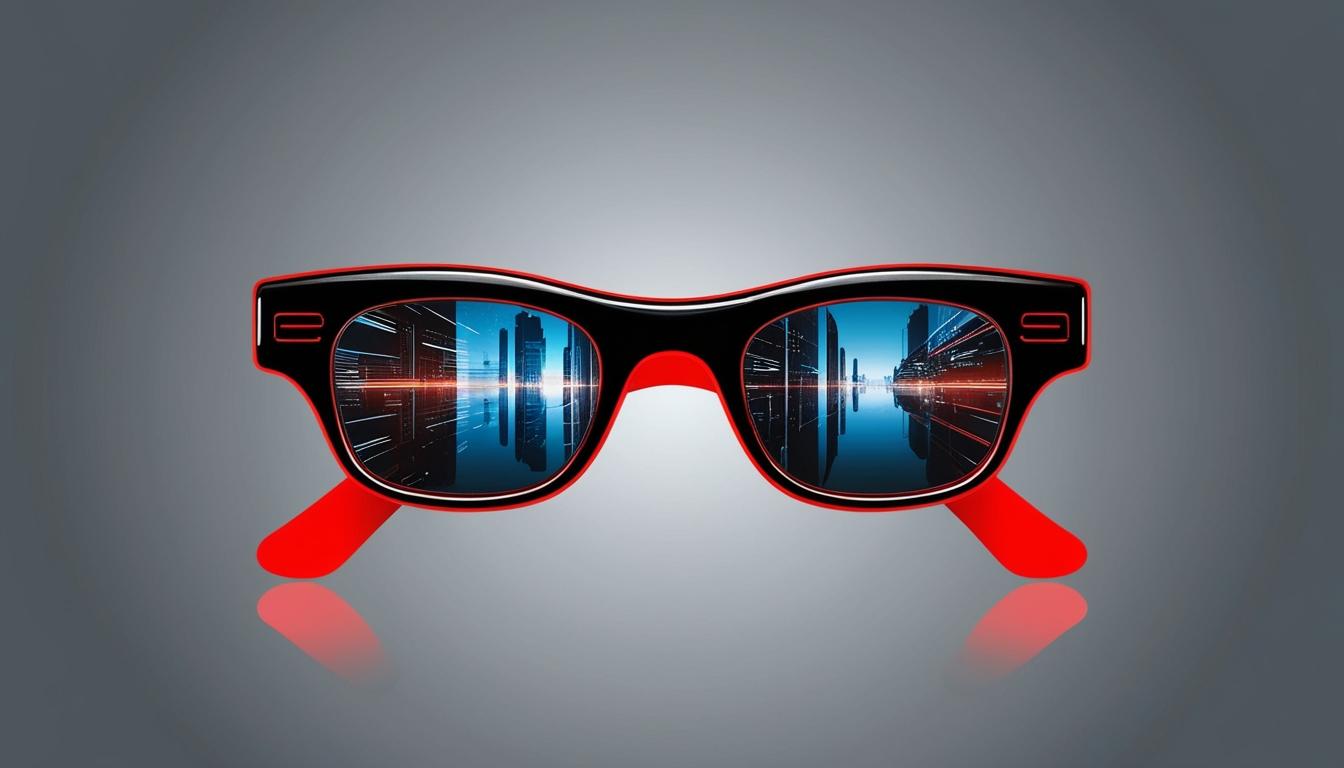As the technology landscape continues to evolve, smart glasses are rapidly gaining traction among consumers, with significant developments expected in the coming years. By 2025, advancements in wearable technology are anticipated to make smart glasses a common accessory, as demonstrated by recent sales figures and emerging products showcased at the Consumer Electronics Show (CES).
According to a report by Counterpoint Research, Meta's Ray-Bans have achieved remarkable sales, exceeding one million units since their launch. These stylish smart glasses, while not yet reaching the ubiquity of iPhones or AirPods, are gradually becoming integrated into daily life. Many users appreciate their functionality, which includes video recording, photography, and music playback, all supported by camera-connected AI services. The evolution of smart glasses is evident as the design and appearance have become less obtrusive, with many consumers unaware that others are even wearing them.
CES unveiled multiple models of smart glasses that promise to incorporate artificial intelligence, contributing to a wave of wearable devices designed to offer constant functionality. For example, Halliday glasses resemble traditional eyewear but feature a tiny monochrome display capable of providing notifications or real-time language translations. Meanwhile, the RayNeo X3 Pro represents a more enhanced offering, boasting full AR capabilities, hand tracking, and dual displays integrated within the lenses, enabling users to interact with their environment in new ways.
Despite these advancements, the current limitations of smart glasses remain a point of concern. Most models, including Meta's Ray-Bans, still rely heavily on their connection with smartphones to fully operate. While users can access AI services and control media playback through their glasses, inconsistent connectivity hampers the overall experience. Meta's Ray-Bans, for instance, offer users the ability to engage with Meta AI and view photos, but their reliance on a stable smartphone connection can lead to functionality gaps.
Emerging technologies hint at a future with better integration between smart glasses and mobile devices. Google's Android XR framework aims to create a seamless connection between Android phones and glasses, which could significantly enhance user experience. Demonstrations of Google's own smart glasses, featuring always-on AI, showcased their potential to link more effectively with mobile phones. Samsung's mixed-reality headset, built on the Android XR framework, is another development to watch as it rolls out later this year.
While tech giants like Google and Samsung make strides in the smart glasses market, Apple’s presence remains uncertain. The Apple Vision Pro, while innovative, lacks direct connectivity to iPhones, instead relying on cloud services and common applications. The prospects of Apple launching its own smart glasses with deeper phone integration remain speculative, as current indicators suggest that this vision is still in its infancy.
Smart glasses manufacturer Xreal has partnered with Google as part of the Android XR initiative, with its Xreal One display glasses already featuring integrated processors to enhance virtual content interaction. However, the glasses are primarily designed as auxiliary displays rather than all-day wearables.
The key to transitioning smart glasses from a novelty item to an essential device lies in significant advancements in connectivity and functionality. While users currently enjoy the aesthetic appeal and certain capabilities of smart glasses, a deeper integration akin to that of popular wearables such as earbuds and smartwatches is viewed as crucial. As developers and companies work towards this integration, the smart glasses of the future may become indispensable tools within everyday life.
As the industry progresses, many anticipate that developments in AI-powered smart glasses will continue to evolve, potentially leading to an increase in consumer adoption and varied applications across different sectors. Despite the current limitations, the emphasis on blending advanced technologies with everyday usability could redefine how audiences interact with their environments and digital content in the near future.
Source: Noah Wire Services
